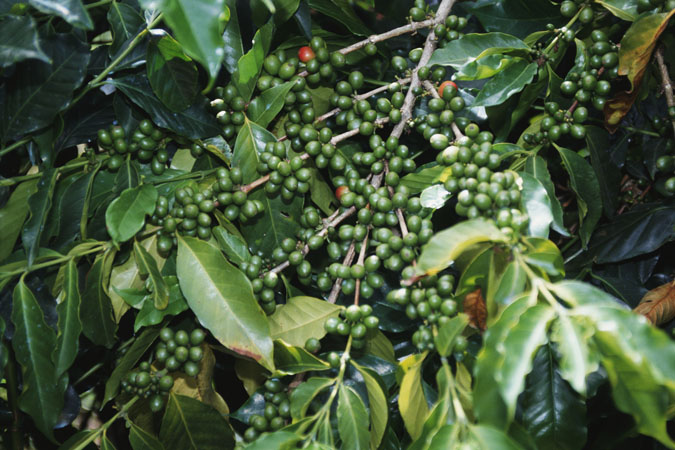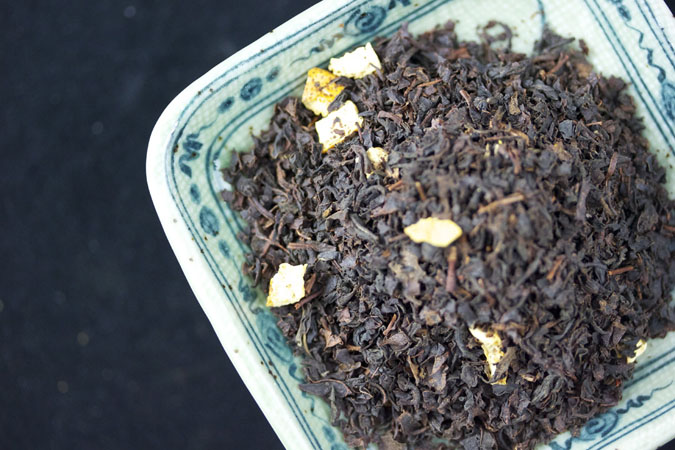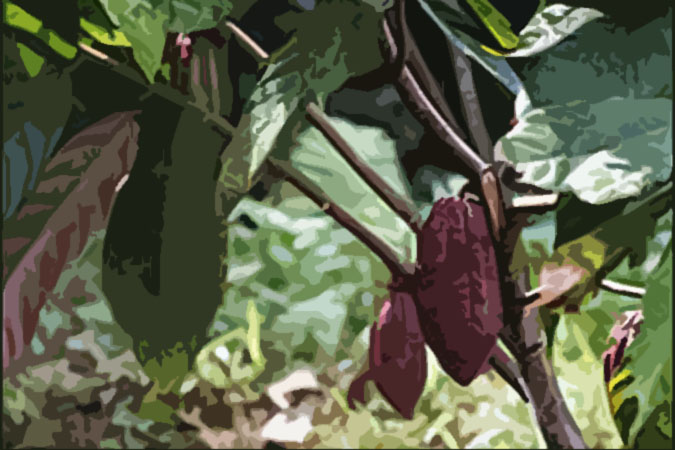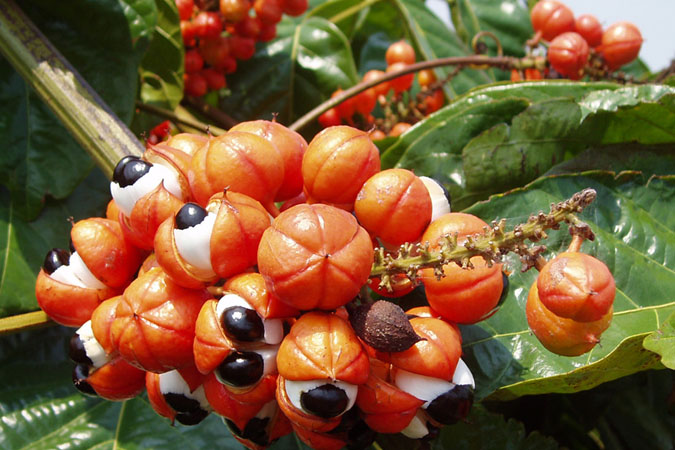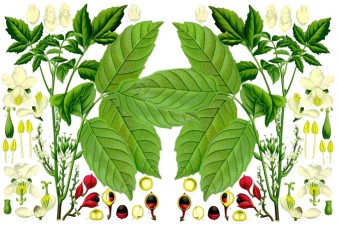No one knows for sure when humans first consumed caffeine. Africa was the starting point for coffee, and probably fueled early man. Tea has its roots in Asia. Cacao, the source of chocolate, is native to Mesoamerica, while guarana and maté originated in South America. Kola nuts hail from Africa.
Today, we get our caffeine from the same plants, though in different forms, with complex processes ranging from simple steeping to grinding, fermenting, and roasting. Before jumping into energy drinks and caffeine-enhanced products, let’s start with the basics: caffeine in its natural forms as coffee, tea, cacao, guarana, and yerba mate.


